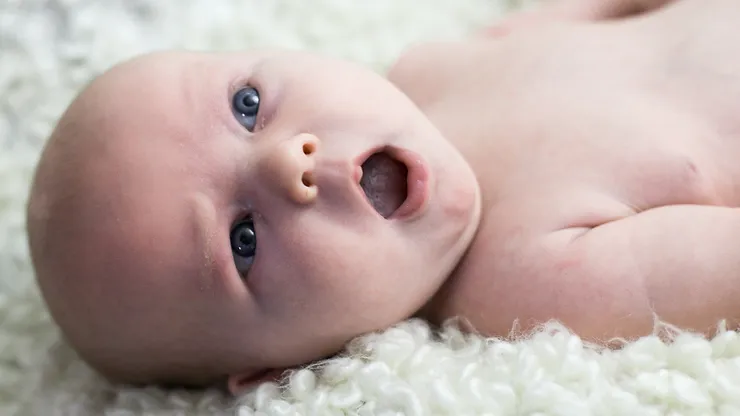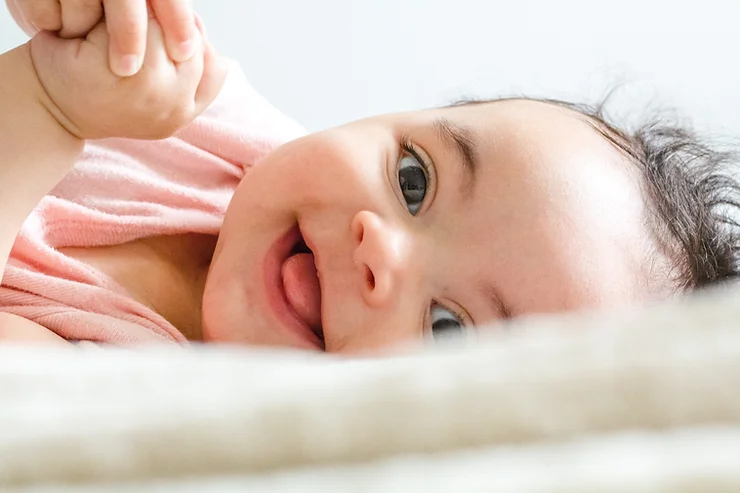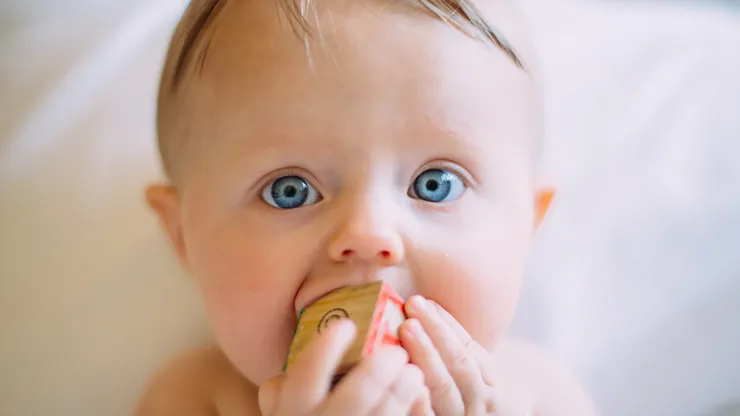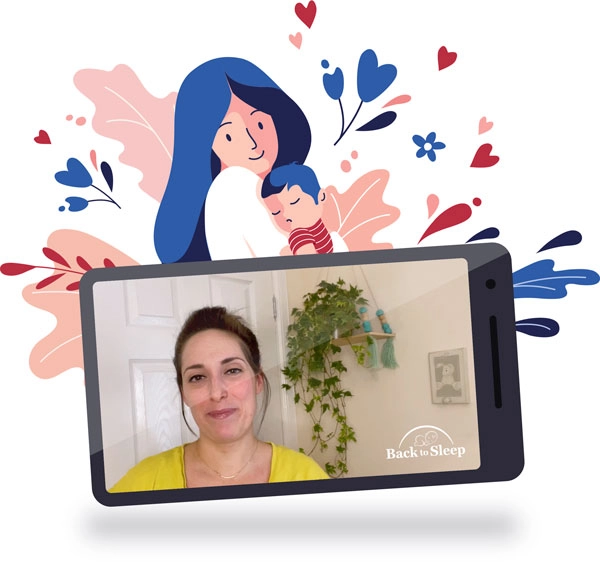Many sleep methods and approaches advise creating a schedule you should follow for feeding, naps and play time but, in my experience, watching our baby is more important than watching the clock.
It’s true that keeping an eye on the time when it comes to sleep and wake windows can help greatly with planning our daily routine (yes, we should definitely have one!) but sleepy signs are the perfect clue that they’re tired and picking up on them means less time spent getting them to sleep.
How to spot sleepy signs?
For babies it’s usually yawning, rubbing eyes, red brow, itching ears or pulling hair. As they grow older the signs tend to change, which is where we lose sight of them and may get confused about sleep timings. You have to become an expert on your child’s body language and actively seek those easy-to-miss clues. For older babies and toddlers these can include slowing down during play time, placing their head on a play mat or table during lunch, looking for their dummy, comforter or just curling up on the couch.
To make life even harder, around 18-24 months of age they realise their new communication skills make a difference! All of a sudden our great little sleeper can start protesting at bedtime, plead with us not to nap or opt for a tantrum. If you think about it from their standpoint, using their voice is a new and wonderful achievement, and they’re going to practice it as much as possible in order to find out what works.
All they want is to take some control over their lives to gradually become the independent grown ups we’re raising them to be.
What to do when spotting sleepy signs?
Once you realise how to read your little one – follow their sleepy signs and take them to bed no later than 30 min after first spotting one to enjoy an easier bedtime and avoid overtiredness.
Sleepy signs change and morph over time so keep reminding yourself to watch out for them.
Overtiredness is sleep’s worst enemy!
It usually presents itself with tantrums, hysterical crying, crankiness, lack of appetite which is then followed by what many parents describe as ‘second wind’, when you see a wide open-eyed little energy ball. That’s where most parents think they may have gotten it wrong because there’s no way this cheeky monkey is tired… If you’re not sure there are other signs to confirm or deny your initial gut feeling.
Overtiredness can quickly turn your little ones into early risers who can’t nap more than 30 min during the day, wake multiple times at night and suffer through long and tearful bedtimes.
In extreme cases, lack of sleep can present as ADHD-like symptoms or make previously diagnosed ADHD symptoms worse. Read more about this surprising problem here.



